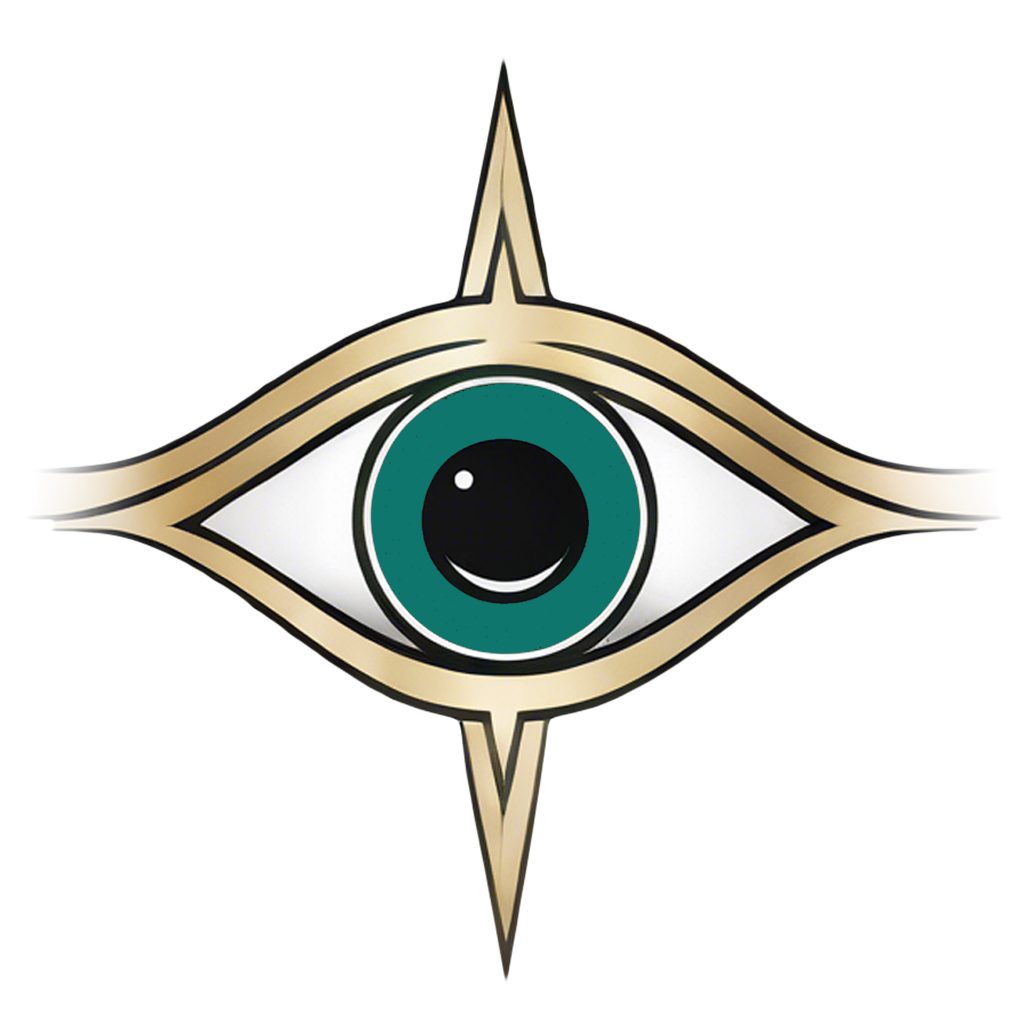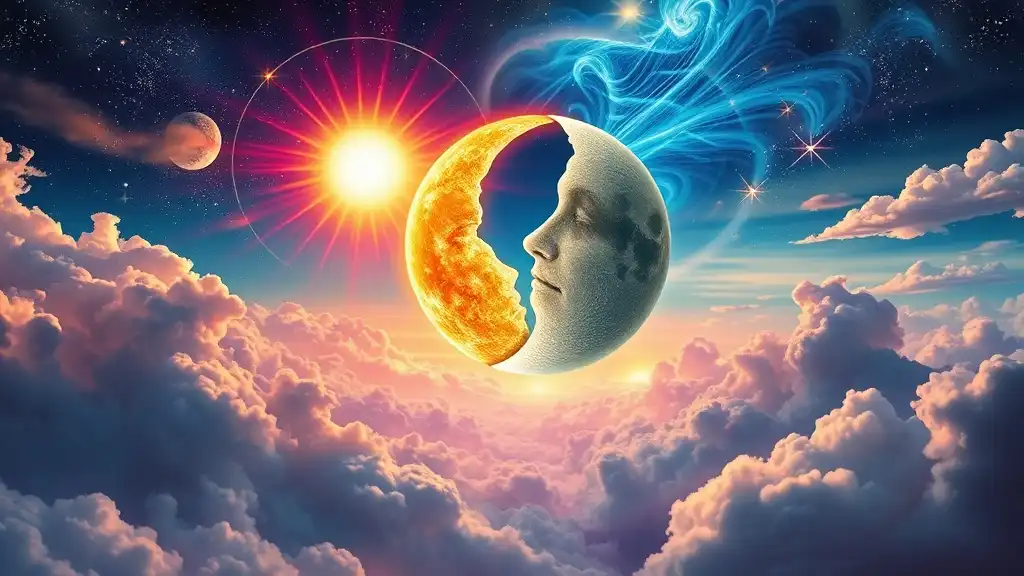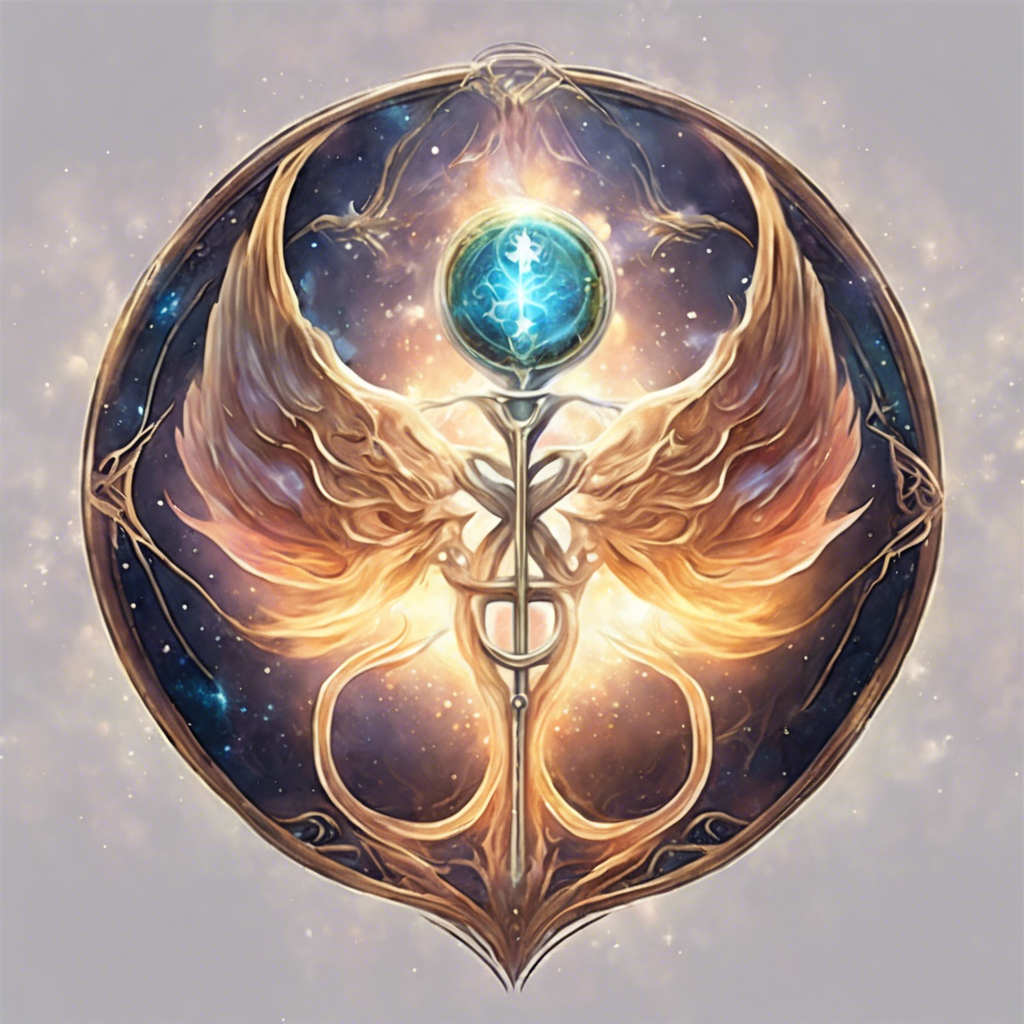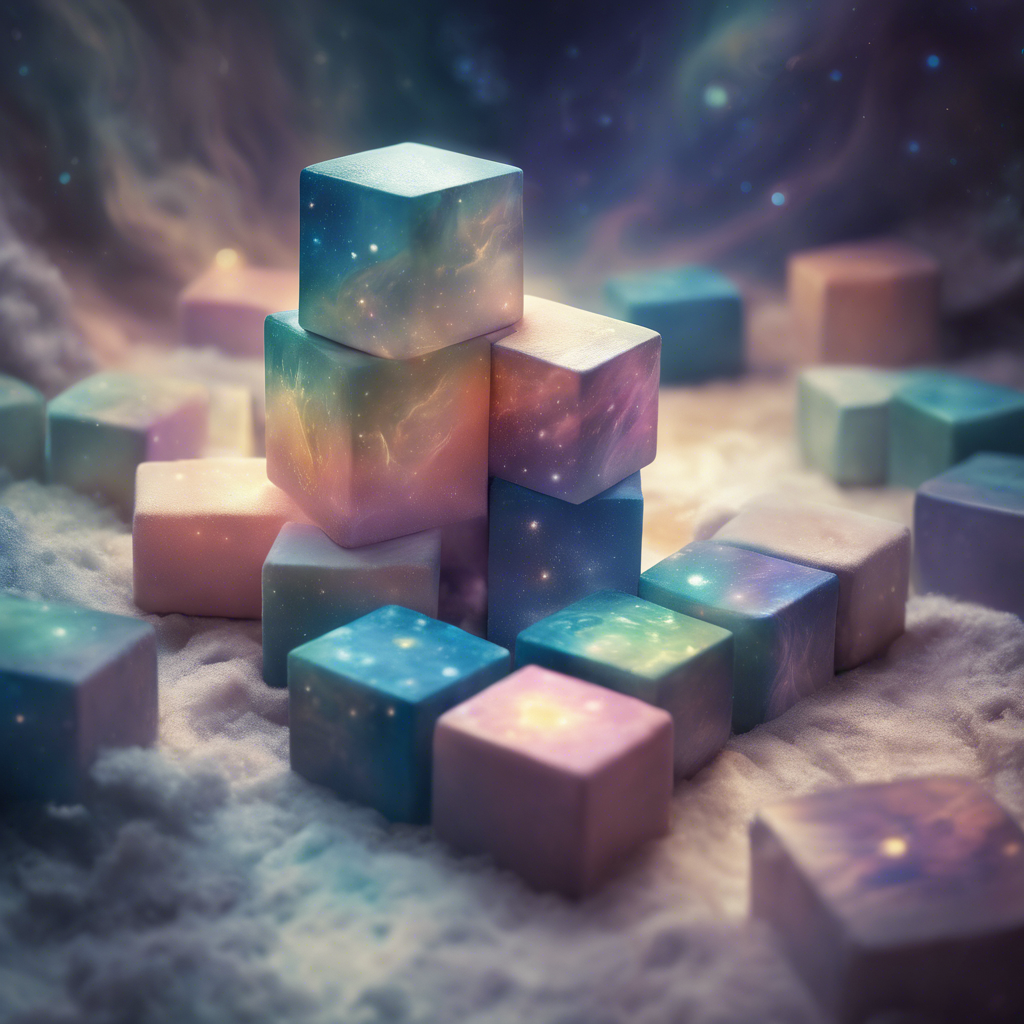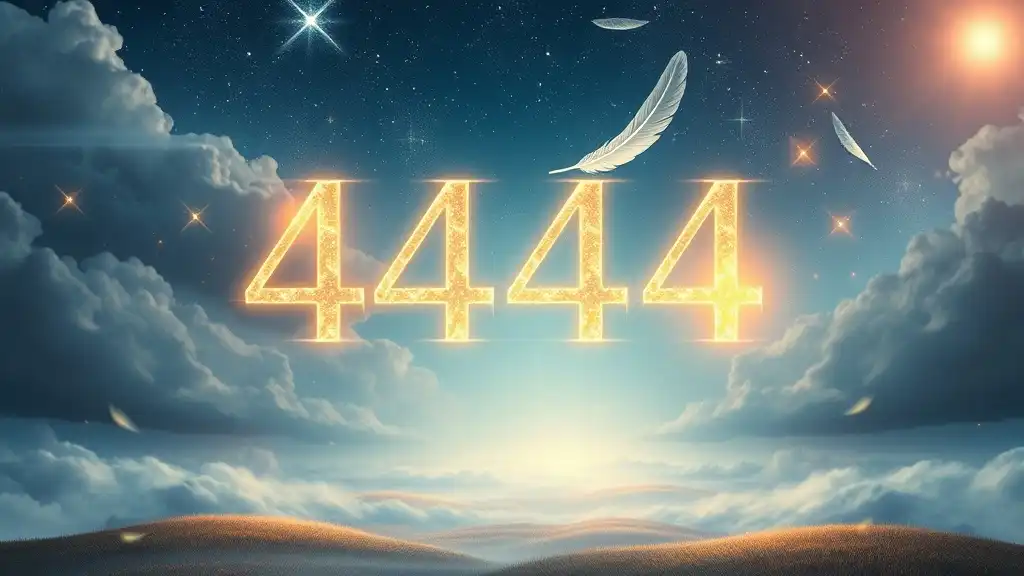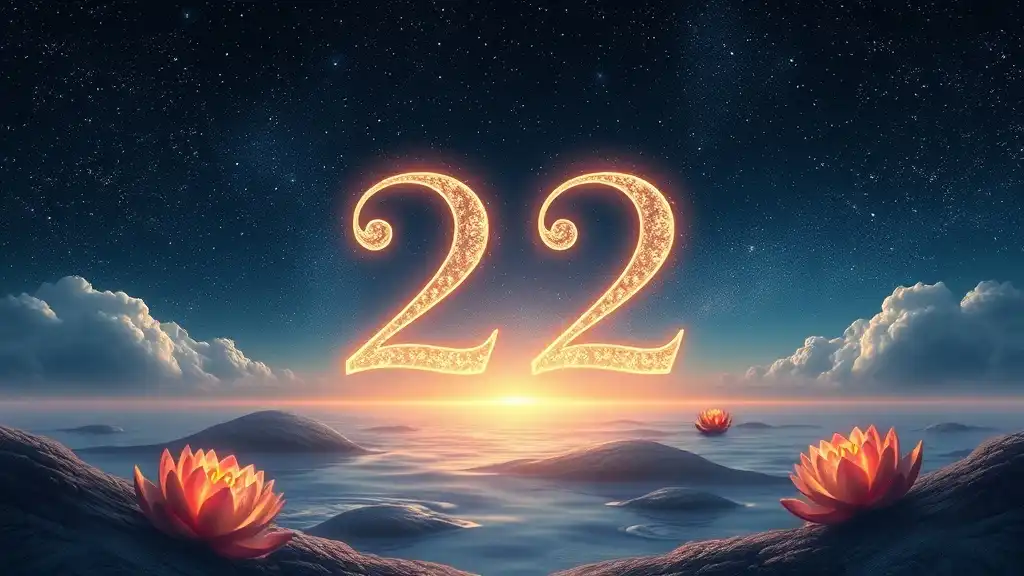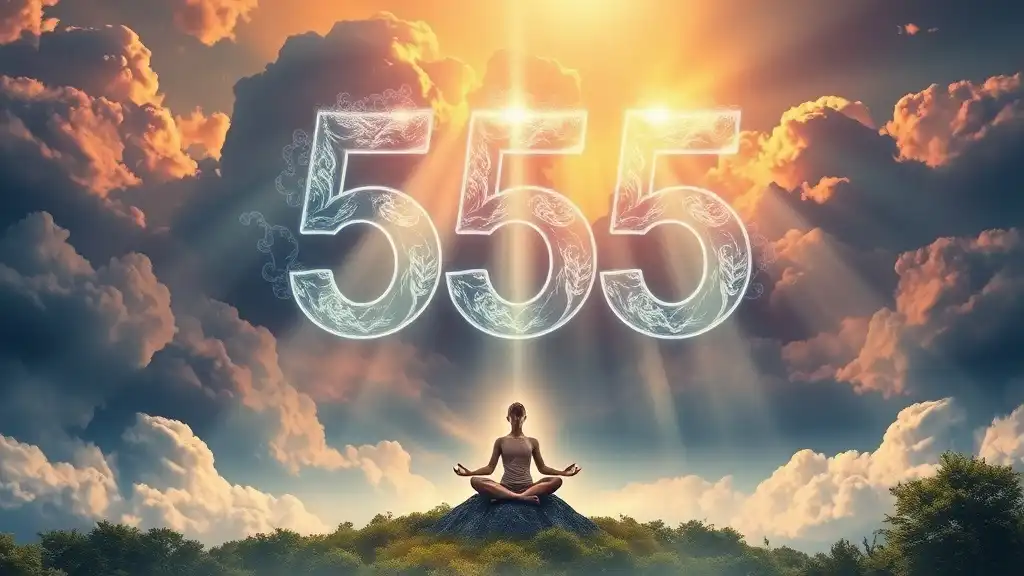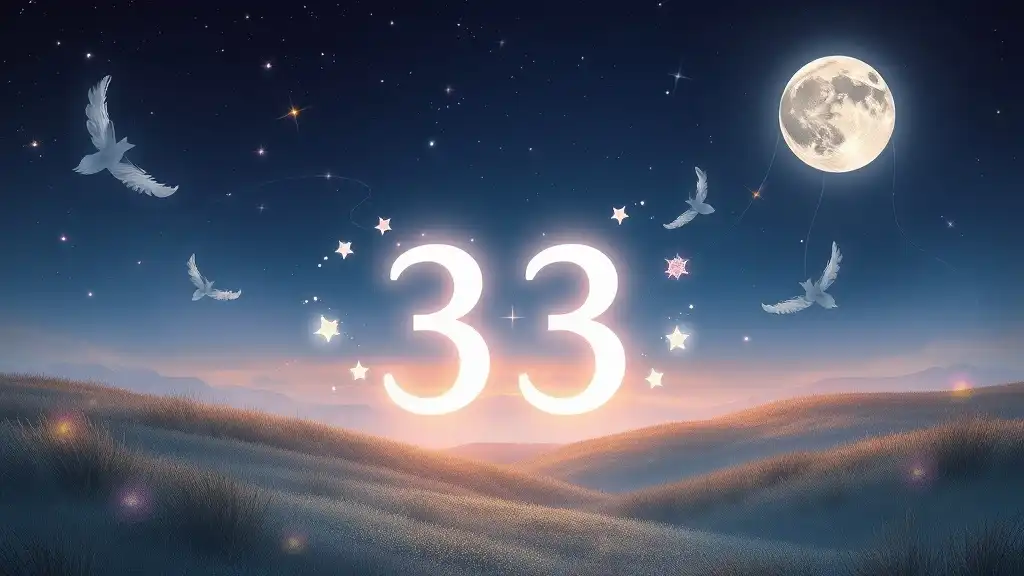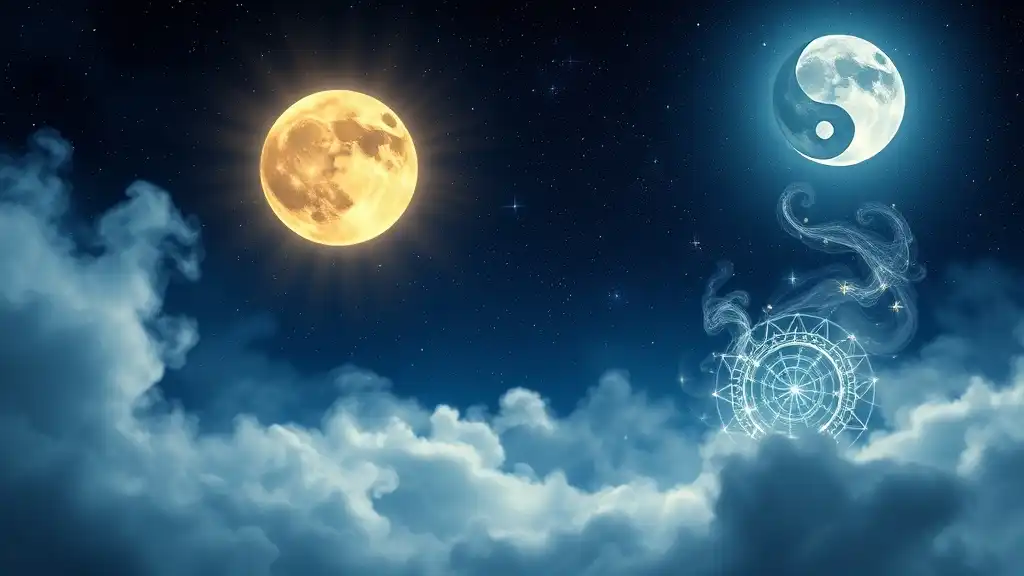The sun and moon have long captivated human consciousness, serving as symbols of light, darkness, masculinity, femininity, and duality. From ancient civilizations to modern spiritual practices, their meanings run deep, influencing not only our understanding of the world but also our personal spiritual journeys. Let's explore the rich spiritual meanings associated with these celestial bodies.
The Spiritual Meaning of the Sun
Symbolism of the Sun
The sun has been regarded as a powerful symbol in many cultures, often representing life, energy, and consciousness. It is seen as the ultimate source of light, illuminating the world around us and nourishing the earth. In spiritual terms, the sun is not just a physical entity; it embodies the concept of the higher self—the part of us that seeks enlightenment and awakening.
As a symbol of clarity and truth, the sun encourages us to embrace our authentic selves and pursue our spiritual paths with vigor and passion. Its illuminating energy helps dispel the shadows of fear, ignorance, and doubt, fostering a sense of optimism and renewal.
Solar Energies and Their Influence
The sun is associated with yang energy, which is often described as masculine, dynamic, and assertive. This energy embodies strength and vitality, serving as a catalyst for growth and transformation. In many spiritual traditions, the sun is revered as a divine force—whether it's Apollo in Greek mythology or Ra in ancient Egypt.
The influence of the sun extends beyond mythology; it plays a crucial role in our everyday lives. We can draw upon its energy to instill confidence, courage, and motivation. Aligning ourselves with solar energy enables us to set goals, take action, and shine brightly in our endeavors.
Healing and Transformation through Solar Energy
Engaging in sun rituals can amplify the healing energies of the sun. Simple practices such as basking in sunlight, performing solar meditations, or reciting affirmations can help us integrate solar energy into our lives. These rituals emphasize gratitude for our existence and the warmth that the sun provides.
Consider trying a morning ritual that involves stepping outside and consciously absorbing the sunlight. As you stand in its warmth, take a moment to set an intention for the day. This practice not only rejuvenates your spirit but also aligns you with the creative potential embodied by the sun.

The Spiritual Meaning of the Moon
Symbolism of the Moon
On the other end of the spectrum, the moon is a symbol of the subconscious, intuition, and reflection. Its gentle light serves as a guiding beacon during the night, inviting us to journey inward and explore our emotional depths. The moon represents the feminine energy—nurturing, receptive, and intuitive.
As a reflection of the sun, the moon teaches us about the importance of embracing both our light and shadow aspects. In spirituality, this is a reminder that illumination is often found in the darkness, guiding us toward greater self-awareness and understanding.
Lunar Energies and Their Influence
The moon embodies yin energy, which is characterized by qualities such as emotional depth, intuition, and introspection. Its phases—from the new moon to the full moon—symbolize different stages of growth and transformation, each offering unique insights into our personal journeys.
Various spiritual traditions regard the moon as a source of wisdom and nurturing. Whether it's the Goddess Diana in Roman culture or Yemaya in African traditions, the moon has been connected to feminine divinity since antiquity. By tapping into lunar energies, we can cultivate compassion, emotional healing, and creativity.
Healing and Transformation through Lunar Energy
Connecting with lunar energy can be incredibly beneficial for spiritual growth. Engaging in rituals aligned with the moon's phases helps you harness its transformative power. For example, new moons are ideal for setting intentions and manifesting your desires, while full moons are perfect for releasing what no longer serves you.
Consider dedicating a quiet evening to moonlight rituals, such as meditating outdoors or journaling about your emotions and aspirations. These practices create a sacred space to nurture your spirit and deepen your connection with your inner self.

The Interplay Between the Sun and Moon
Balance of Energies
Together, the sun and moon represent the dance of duality, embodying the balance of masculine and feminine energies. This interplay teaches us that life operates in rhythms and cycles, encouraging us to embrace both action and contemplation. The balance between these forces is essential for a harmonious existence, guiding us toward self-acceptance and inner peace.
Recognizing and balancing these energies within ourselves leads to a greater understanding of our spiritual journeys. By honoring both the assertive light of the sun and the reflective darkness of the moon, we cultivate a wholeness that enhances our emotional and spiritual well-being.
Solar and Lunar Eclipse: Spiritual Awakening
Eclipses, often viewed as powerful celestial events, serve as profound opportunities for spiritual awakening. A solar eclipse symbolizes a period of deep transformation, when the light of the sun is temporarily overshadowed. It prompts us to confront our inner truths, shadow aspects, and hidden potential.
Conversely, a lunar eclipse can reveal insights that have lain dormant within us, urging us to release limiting beliefs and make space for new growth. These events allow for profound personal reflection—a reminder that darkness often precedes illumination and that the universe supports our journey of evolution.

Practical Ways to Connect with the Sun and Moon
Daily Practices for Solar Connection
Integrating solar energy into your daily life can be both revitalizing and empowering. Consider adding the following practices to your routine:
- Morning Sun Meditation: Begin your day by sitting in sunlight, focusing on your breath, and absorbing the warmth. Set a positive intention for the day to harness the sun's radiant energy.
- Gratitude Ritual: At the end of the day, express gratitude for the sun's light and the energy it provides. Reflect on how its presence influenced your experiences.
Daily Practices for Lunar Connection
Nurturing your connection with the moon is equally essential for spiritual growth. Here are some practices to consider:
- Moon Journaling: During each phase of the moon, journal about your emotions, intentions, and reflections. This practice enhances your self-awareness and deepens your connection to lunar energy.
- Moonlight Meditation: Allocate time during a full moon to sit in its glow and meditate. Focus on releasing what no longer serves you while inviting in new possibilities.

Conclusion
In embracing the spiritual meanings of the sun and moon, we unlock a deeper understanding of ourselves and our place in the universe. By integrating the dynamic energies of the sun and the intuitive wisdom of the moon into our daily lives, we discover balance, healing, and transformation. Ultimately, these celestial bodies serve as constant reminders of the light and shadow within us, encouraging us to honor every aspect of our spiritual journey.
